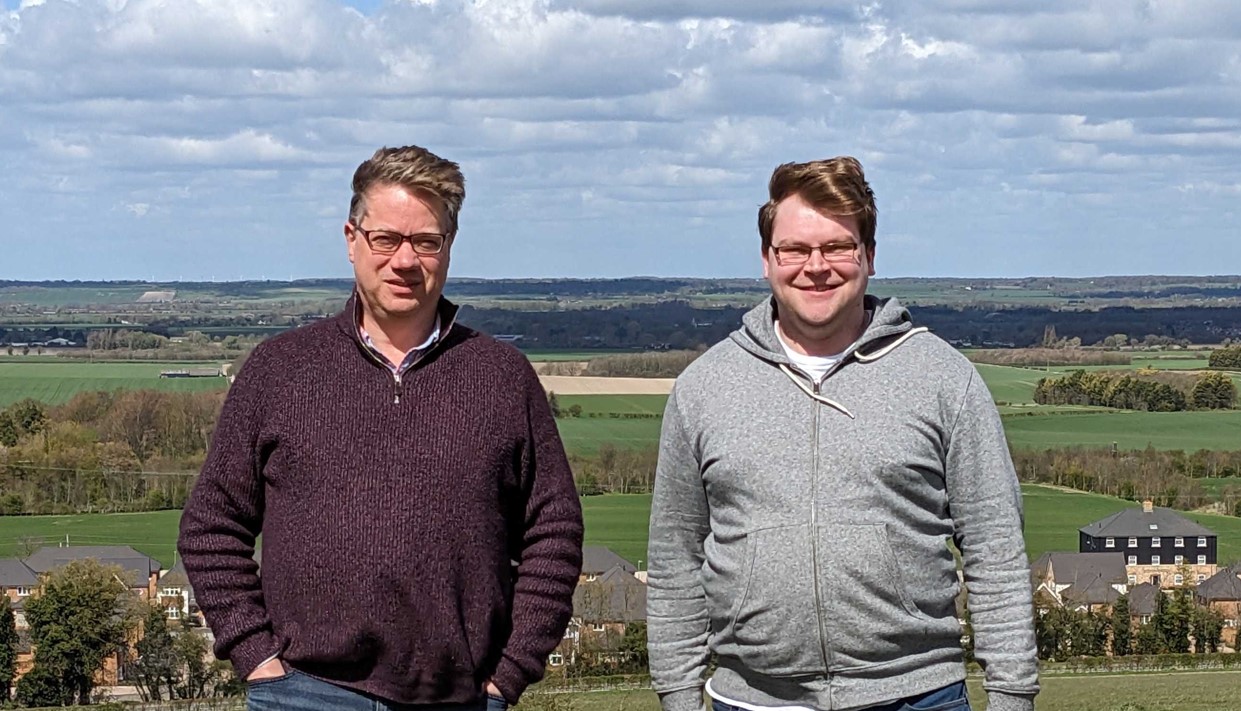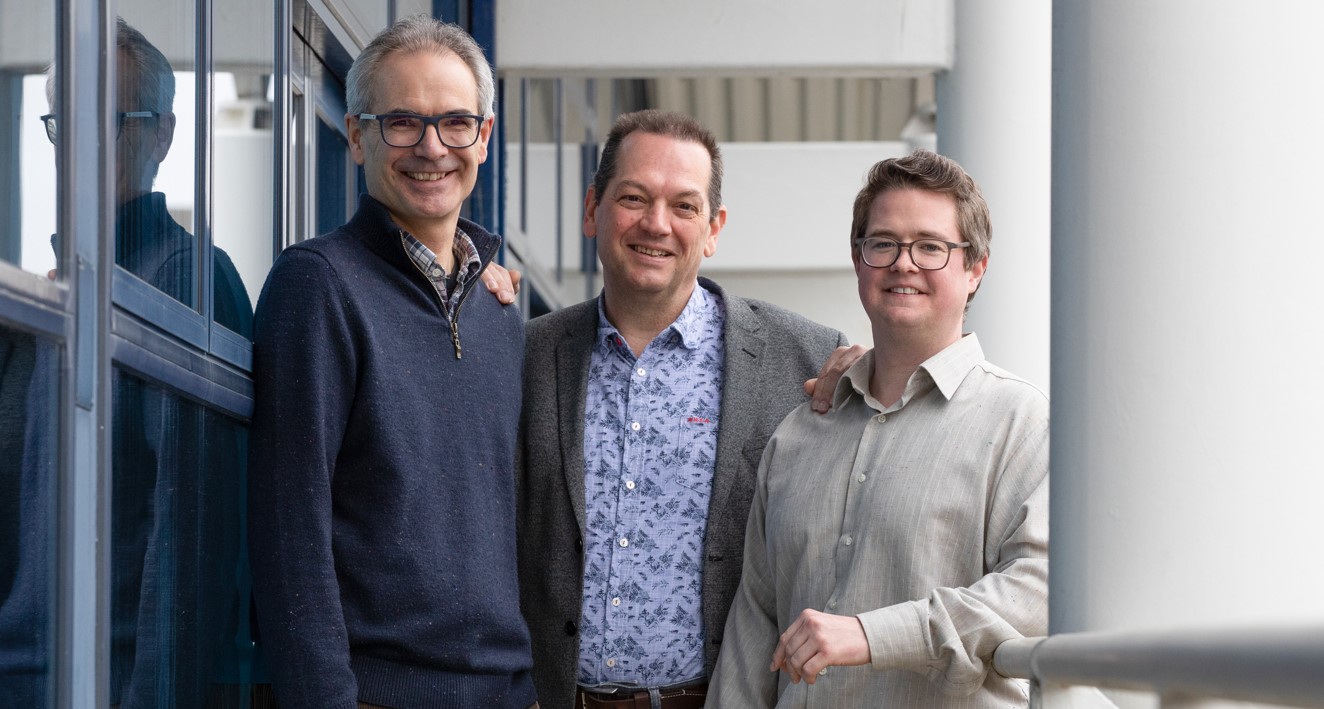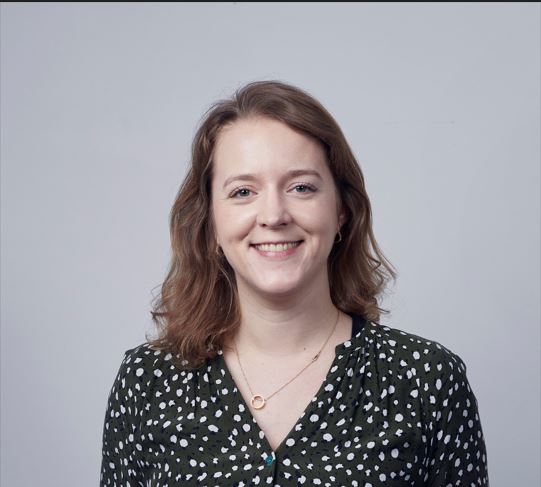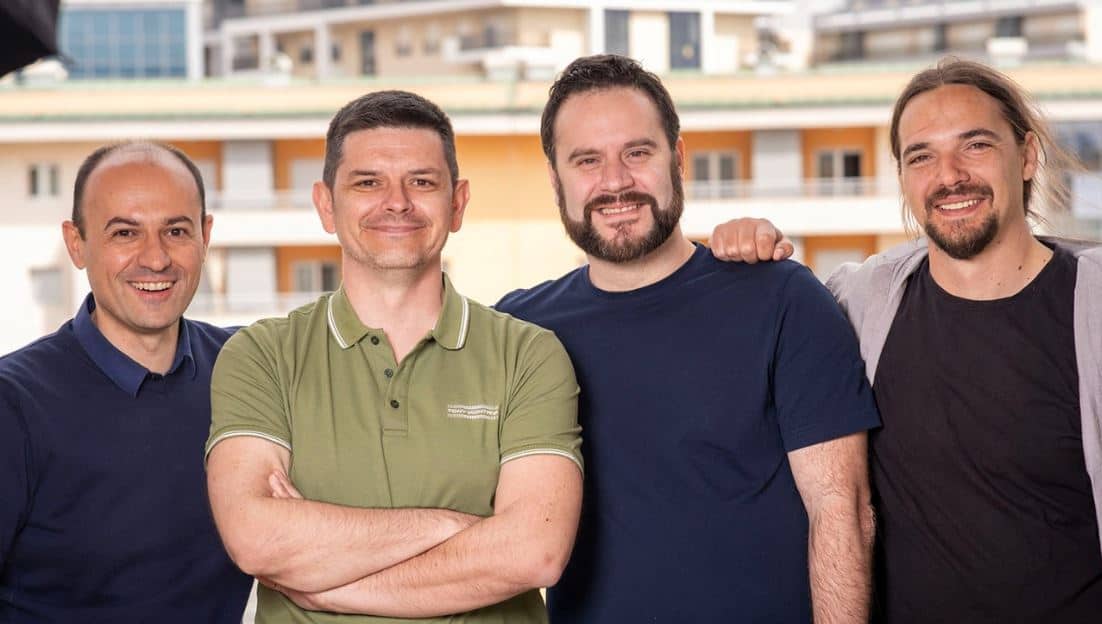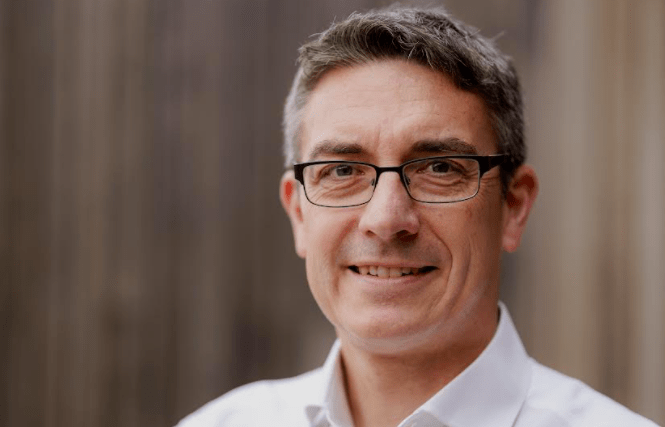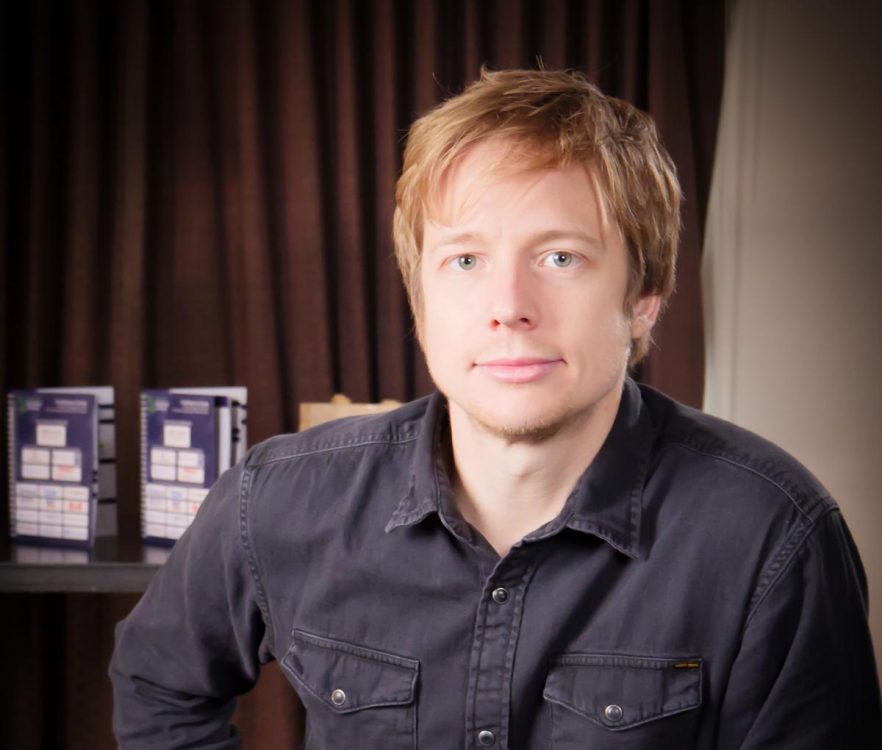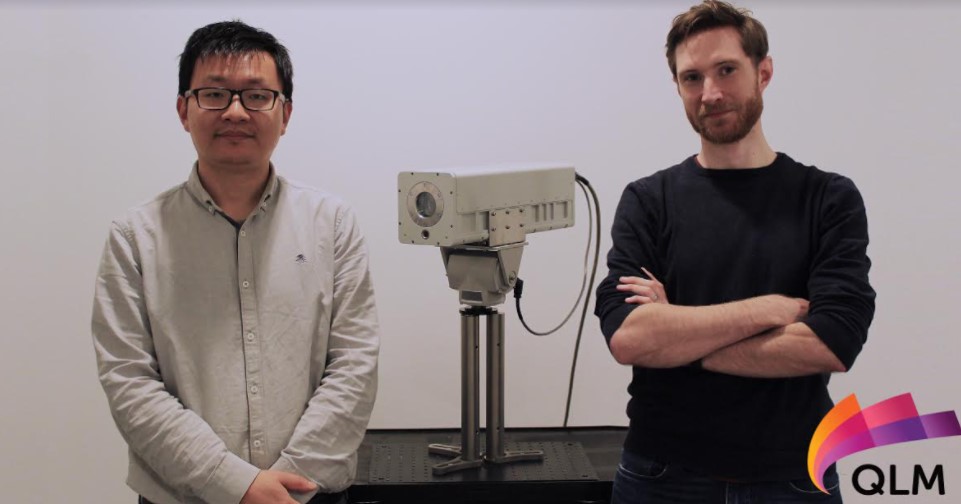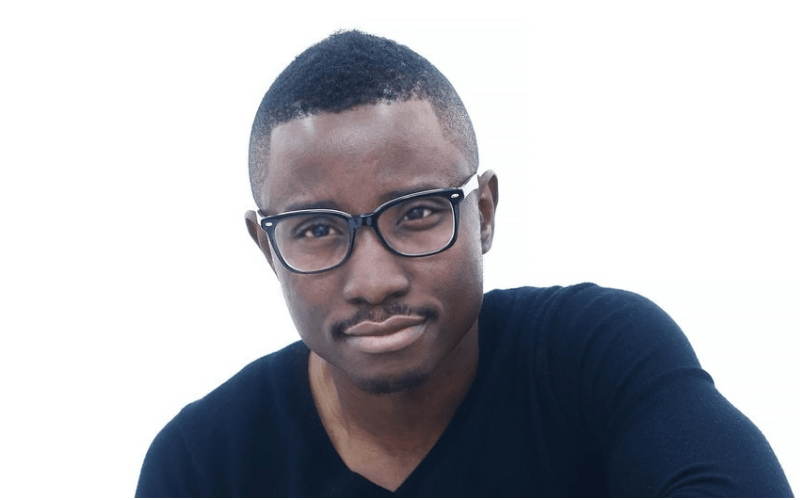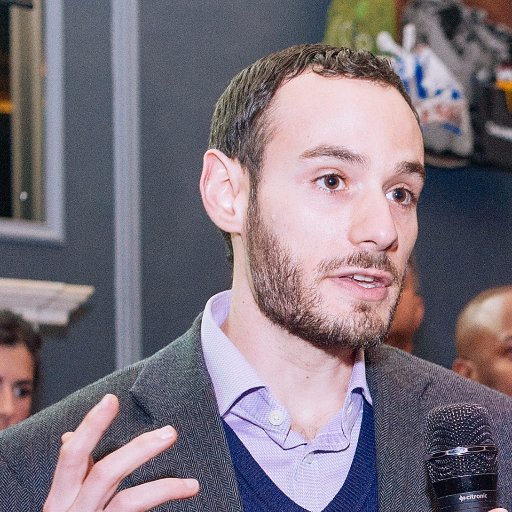Delta g secures £1.5 million Pre-Seed investment led by Science Creates Ventures

- There is a multi-billion pound societal cost every year due to lost hours, arising from delays and reduced productivity, because the underground is poorly understood
- Delta g’s groundbreaking quantum sensors will transform the efficiency of major infrastructure and repair projects by mapping complex unseen locations quickly, accurately, and without the need for disruptive excavations
- Leading VCs, including Science Creates Ventures and Quantum Exponential Group, have invested in Delta g to enable their vision of creating the ‘Google Maps for the underground’
Delta g, the quantum technology gravity sensing company, has raised £1.5 million in its pre-seed investment round to fast-track the commercial availability of its groundbreaking quantum sensors for mapping the underground.
The round was led by Science Creates Ventures, with further investment from Quantum Exponential Group, Newable Ventures, Bristol Private Equity Club, as well as several angel investors, including Hitesh Thakrar and Howard Covington.
Delta g has developed a revolutionary approach to mapping complex subsurface and unseen locations, having produced the world’s first field-proven quantum sensor for gravity gradiometry, and using this technology will create a ‘Google Maps for the underground’ in a way that’s fast, accurate, cost-effective, and scalable.
The company, which is led by CEO Pete Stirling and founded by Andrew Lamb, Jonathan Winch and Professor Michael Holynski, is a University of Birmingham spinout, based on technology developed at the Quantum Technology Hub for Sensors and Timing. Its work builds on extensive research into gravity gradiometry carried out over the past decade, which has culminated in the development and demonstration of the world’s first practical quantum gravity gradient sensor.
Delta g is now leading the way in developing this groundbreaking technology, which has been lauded by academics and highlighted as a key strength of the UK Quantum Technology Programme by policymakers thanks to its widespread benefits across industries such as construction and utilities.
To fulfil vast infrastructure, development and repair projects, such as roadworks, these sectors rely on accurate surface-level information to enable the visualisation of underground locations. Yet existing cartographic tools are limited, whether this is poor ability to see past only the topmost layers, inconsistent measurements in varying ground conditions, a complete inability to measure in high-vibration environments, or slow measurements resulting in prohibitive time and financial costs of surveys.
Consequently, these tools struggle to accurately and reliably identify unexpected subsurface anomalies, from subsidence and sinkholes to existing utilities or old mine works, significantly adding to project time and costs. 16% of contractor damage to the UK’s utility infrastructure is due to limited subsurface information resulting in a societal cost of up to £5.5bn, while protracted street works and holes being dug in the wrong place cost the UK up to £1.5bn every year and cause more than six million days of traffic jams*.
Delta g uses gravity gradiometry to measure subtle changes in the pulling strength of gravitational fields when clouds of atoms are dropped. The bigger the object and the greater the difference in density of the object from its surroundings, the stronger the measurable difference in pull. In this way, Delta g’s technology turns quantum theory into commercial reality by resolving challenges such as vibration, instrument tilt and disruption from magnetic fields or thermal effects, to perform high spatial resolution surveys across even the most complex landscapes.
Delta g’s sensors are highly transportable and inherently immune to vibrational noise, driving down the financial cost of surveys and enabling more rapid measurements with greater sensitivity. This will lead to their use in preemptively identifying hazards, and unlocking measurements in complex or time-limited environments, even when dealing with variable ground conditions.
The company will use its new funding to embark on real-world trials with major industrial clients to demonstrate the efficacy of its approach and to further commercialise its technology, reducing the size, weight, power and cost of its hardware so that it can be deployed at scale in the field.
Pete Stirling, co-founder and CEO at Delta g, comments:
“The UK would massively benefit from delivering major infrastructure projects on time and on budget, and through increased productivity by reducing the time it takes to bring such projects to the point of benefitting people. A big part of this is the difficulty found in mapping the complex unseen environments and hidden critical infrastructure that resides under the ground. Considerable budgets are allocated to ensure that unexpected obstacles can be overcome. On HS2 alone, the contingency for unforeseen ground conditions is £248m.
“While the UK has made great strides in boosting its underground survey capabilities, existing technologies are still limited in their efficacy due to inconsistency, prolonged measurement times and reactive use. Furthermore, if they miss anything, the ramifications could be huge. We solve this problem by making it far quicker and easier to map what the eyes can’t see. Our technology is the culmination of decades of academic research into quantum sensors and their real-world applications, so it’s extremely gratifying that leading VCs have recognised its vast commercial potential. Our goal now is to take the technology and shrink it down so that it’s easier to be deployed in everyday development, infrastructure and repair works. Given the broad applications across myriad industries, we’re hugely excited about our ability to use quantum gravity gradiometry to achieve vast cost-savings and pick up the pace of mapping work in a way that improves everyday life.”
Michael Holynski, Professor of Quantum Sensing at the University of Birmingham, a founder of Delta g and PI of the UK Quantum Technology Hub in Sensors and Timing, comments:
“It’s exciting to see this investment in quantum sensing, which will be used to strive for new tools that aim to bring benefits to applications across civil engineering. It will build upon a decade of research at the University of Birmingham, undertaken as part of the UK Quantum Technology Hub in Sensors and Timing, working closely with industry and academia across the community. This was only possible through excellent support from the Engineering and Physical Sciences Research Council, Innovate UK, the Science and Technology Facilities Council, and the Ministry of Defence, as part of the National Quantum Technologies Programme.”
In addition to its latest funding round, Delta g has been awarded a c. £500,000 innovation grant from Innovate UK to accelerate the delivery of a commercial product and begin the development of a sector-agonistic gravity gradient platform. For example, Delta g’s sensors pick up gravity from every direction, making it appropriate for other environments such as tunnelling. Similarly, by tracking the gravitational position of an object in relation to its immediate environment, Delta g’s technology also has the potential to provide navigational positioning for vehicles and vessels, providing resilience against loss or denial of GPS.
Harry Destecroix, founder of Science Creates Ventures, says:
“We’re extremely excited to be working with such an incredibly talented team at Delta g. We believe this is a great fit for SCV, being a truly category-defining breakthrough in gravity measurements via quantum sensing, which has the opportunity to create an enormous impact in mapping the underground.”
Steve Metcalfe, CEO of Quantum Exponential Group, adds:
“Delta g’s use of quantum technology to measure gravity gradients has the potential to revolutionise industries such as construction and infrastructure and significantly improve mapping of what happens underground. We are proud to support Delta g in its mission to develop a commercial demonstrator of the existing research system and to develop a gravity gradiometer.”
– ENDS –


